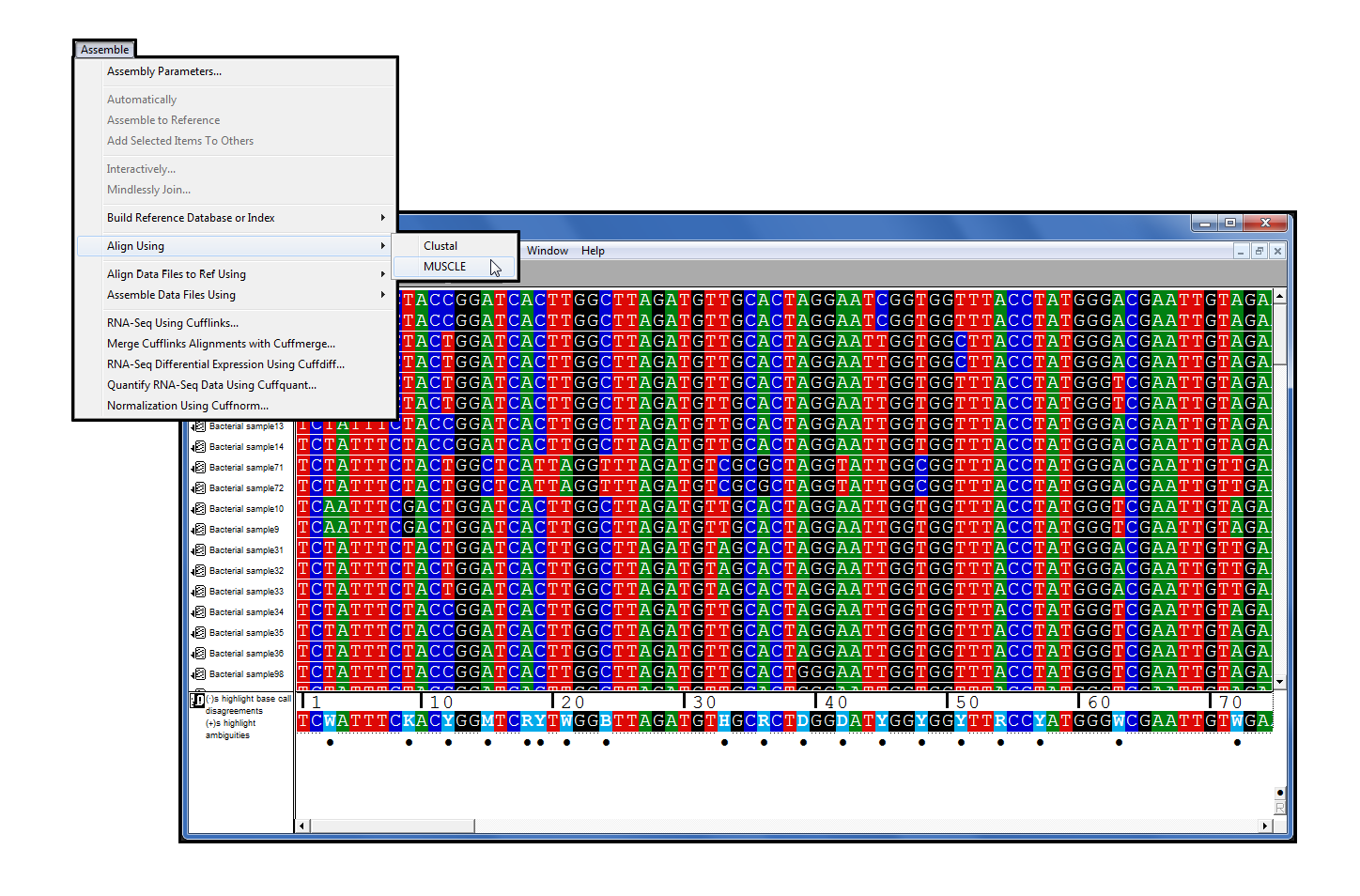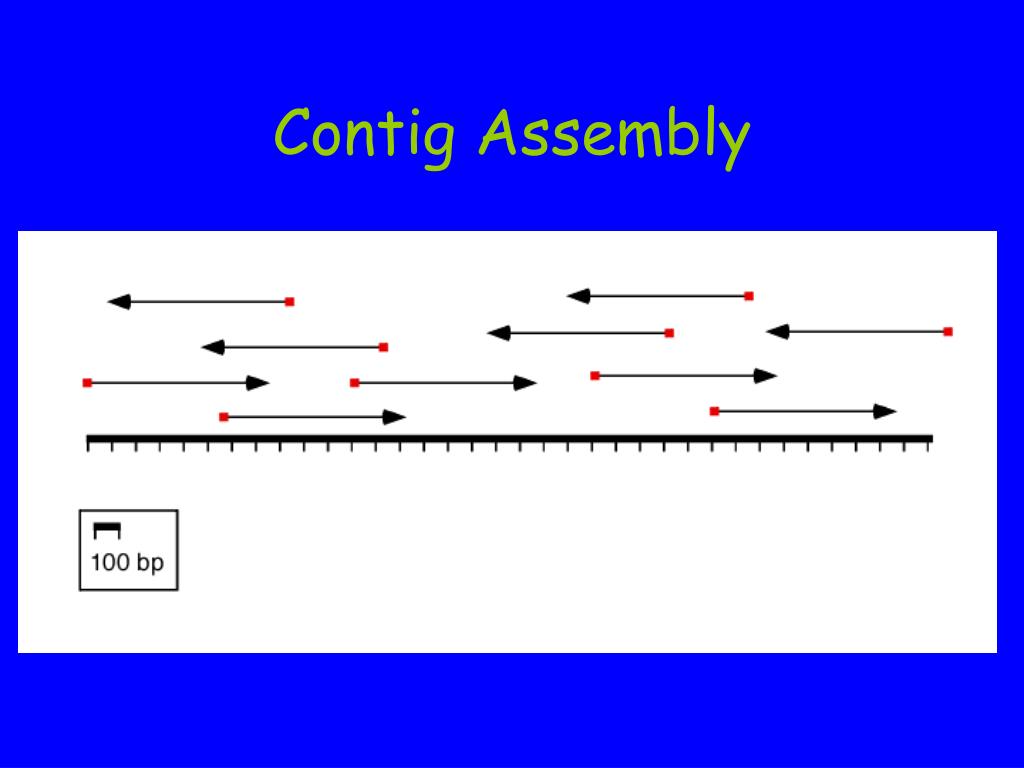

This step is followed by chemokine-mediated integrin activation, leading to firm adhesion of the lymphocyte. Recruitment of lymphocytes across HEV, like other examples of leukocyte trafficking, is thought to involve a cascade of steps that begins with the initial tethering and rolling of lymphocytes along the endothelium. HEV specifically express molecules that facilitate lymphocyte adhesion and extravasation.

A glycocalyx is found on the luminal surface with discontinuous cell-to-cell junctions with no or poorly organized, tight junctions. They have a plump morphology and exhibit a well-developed Golgi complex and extensive, rough endoplasmic reticulum, reflecting a highly active biosynthetic state. HEC are unique in their appearance and function as compared with EC of other small vessels. For example, in chronic inflammatory diseases such as asthma, rheumatoid arthritis, psoriasis, and chronic allograft rejection, vessels with characteristics of HEV are elaborated de novo and are likely to be involved in leukocyte recruitment into the inflamed tissues. EC can also be activated in pathological settings to phenotypically resemble HEC. In secondary lymphoid organs, high endothelial venules (HEV), which are comprised of high endothelial cells (HEC), function in the highly efficient and selective recruitment of lymphocytes from the blood. Yet, limited accessibility to primary cells has restricted the analysis of the molecular differences among endothelial cells from different vascular beds.

The vascular endothelium carries out many specialized functions that vary with the class of blood vessels and the requirements of the underlying tissue. The library contains a great diversity of transcripts, and studies of the encoded proteins will provide further insight into the complex biology of these specialized endothelial cells. Several endothelial-specific transcripts were also identified, including those encoding E-selectin, vascular cell adhesion molecule-1, vascular endothelial-junctional adhesion molecule, and platelet-endothelial cell adhesion molecule-1. The next-abundant transcripts encoded several other protease inhibitors, making this protein class the most prominent in HEC. The two most abundant transcripts encoded α2-macroglobulin and hevin. All but three mapped to known cDNAs or genomic DNAs. One-thousand forty-nine sequences were analyzed. To identify novel HEC-specific proteins with potential function in the recruitment cascade, we sequenced a normalized human tonsil HEC cDNA library (generated from an inflamed tonsil) from which lymphocyte and human umbilical vein endothelial cell cDNAs had een subtracted. Many of the events in this process have yet to be molecularly characterized. Lymphocyte recirculation is dependent on the interactions of adhesion and signaling molecules expressed on lymphocytes and their partners on high endothelial cells (HEC).


 0 kommentar(er)
0 kommentar(er)
